 |
|||
 |
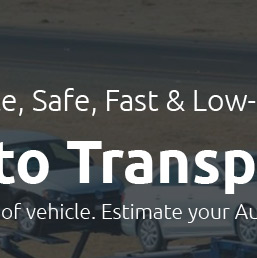 |
 |
|---|---|---|
 |
 |
|
 |
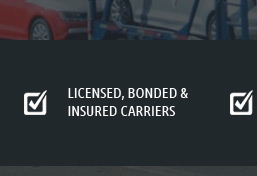 |
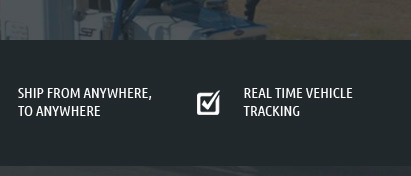 |
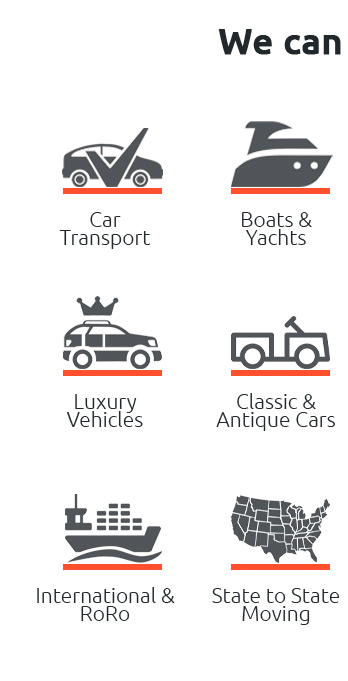 |
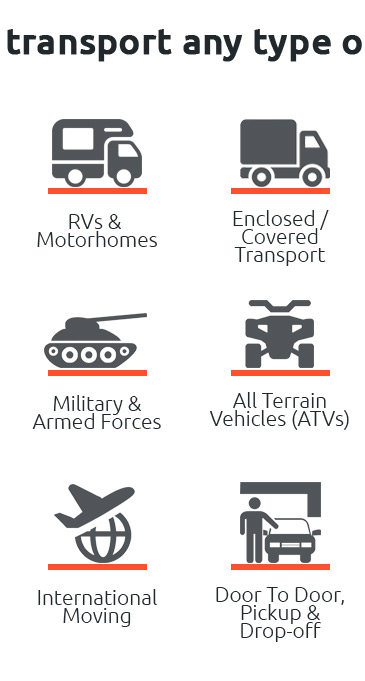 |
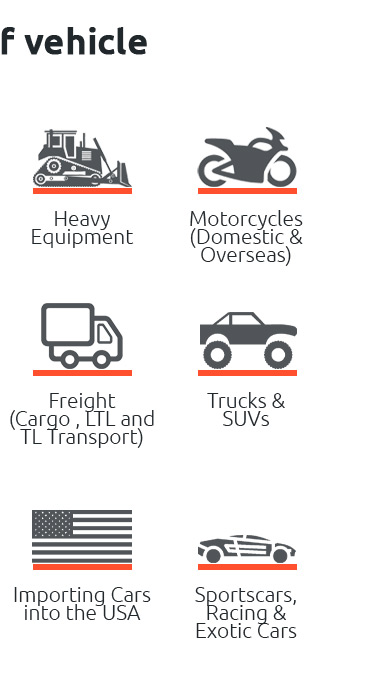 |
|---|
 |
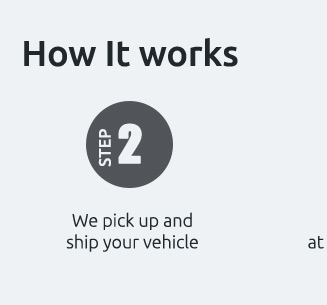 |
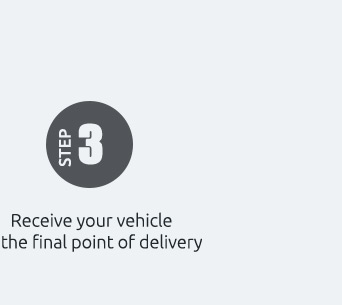 |
|---|---|---|
 |
||
 |
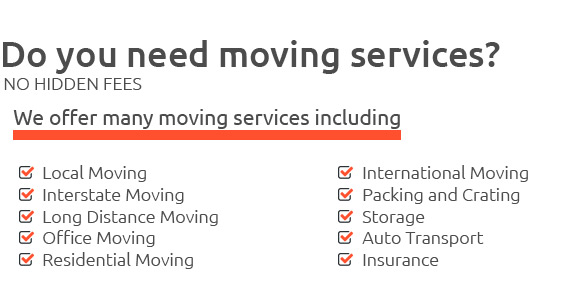 |
|---|---|
cargo train transport services explained and what to expectHow it worksRail freight moves large volumes efficiently by grouping loads into scheduled corridors. You book space, cargo is consolidated at a terminal, then locomotives haul wagons between hubs on fixed timetables. At the destination, the load is deconsolidated and handed to a local carrier for final delivery. Networks and equipmentOperators use specialized wagons-box, flat, hopper, and tank-to match commodity needs, with intermodal options for containers. Priority paths and crewed yards keep dwell times low, while tracking updates flow from yard scans and GPS devices.
Common questionsIs rail fast? For long distances, transit is competitive and highly reliable. How are costs set? Tariffs reflect lane demand, car type, and accessorials. Can you ship fragile goods? Yes, with proper blocking and bracing. Dangerous goods move under strict rules and documentation. For many shippers, blending rail with road reduces emissions and stabilizes budgets without sacrificing service quality.
|
|---|